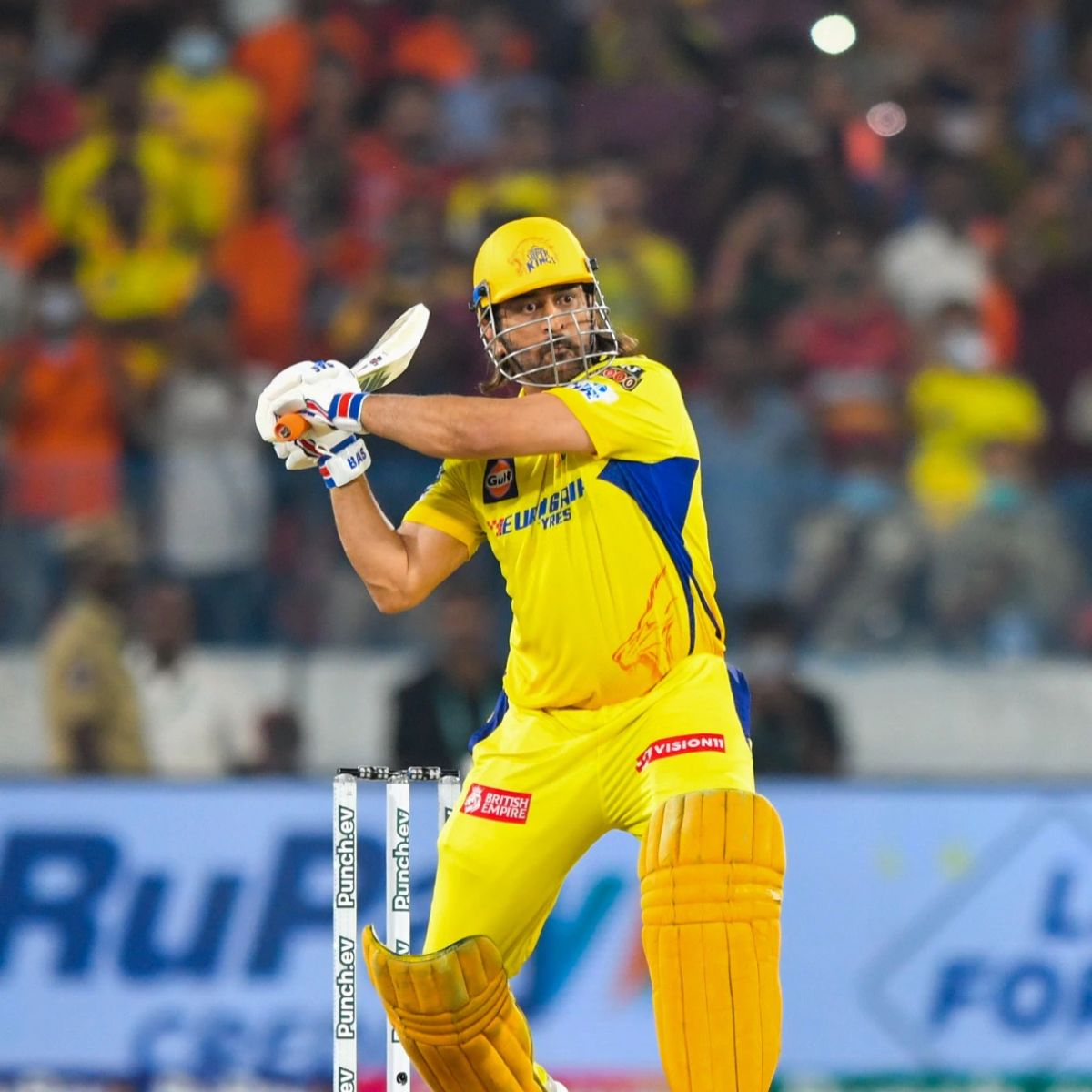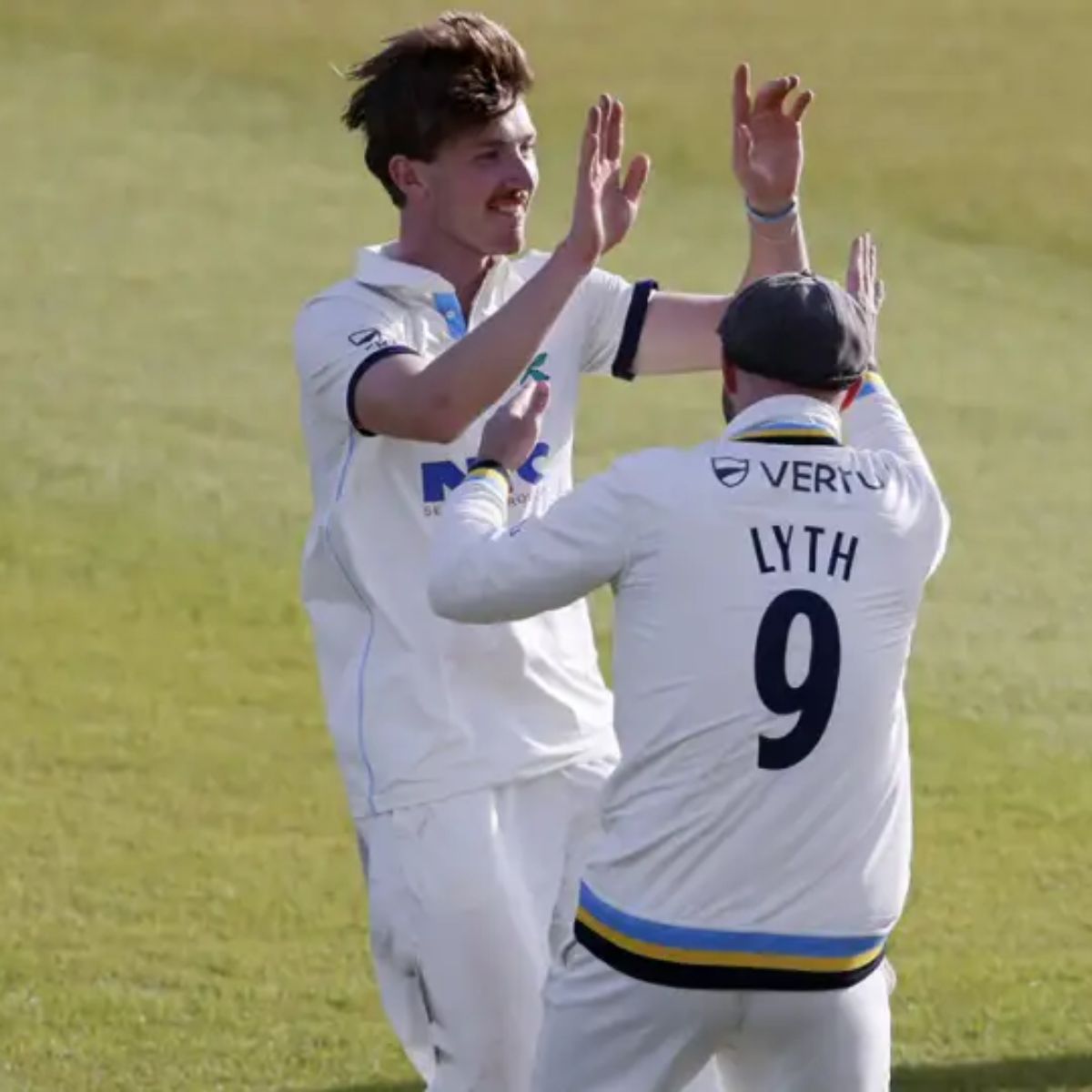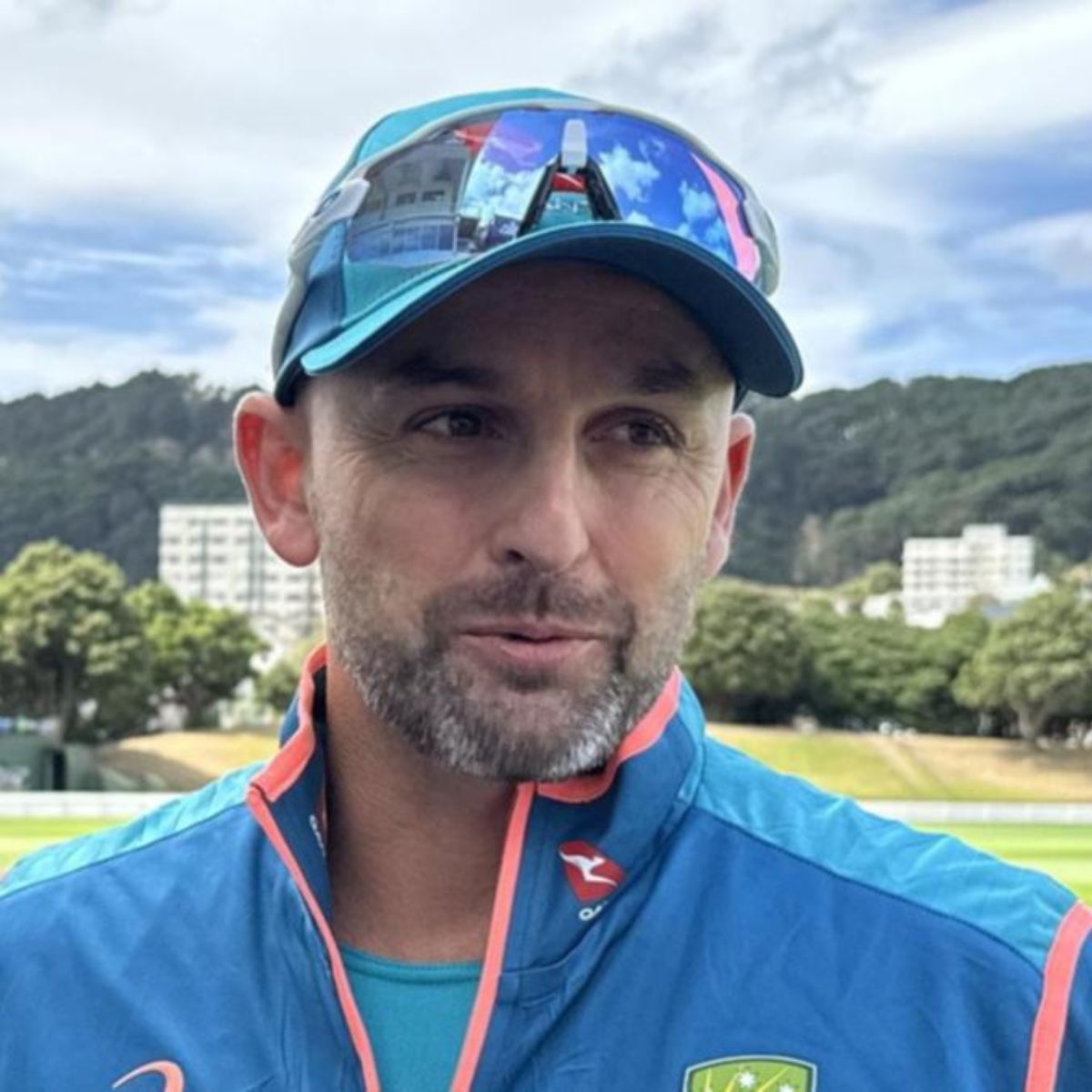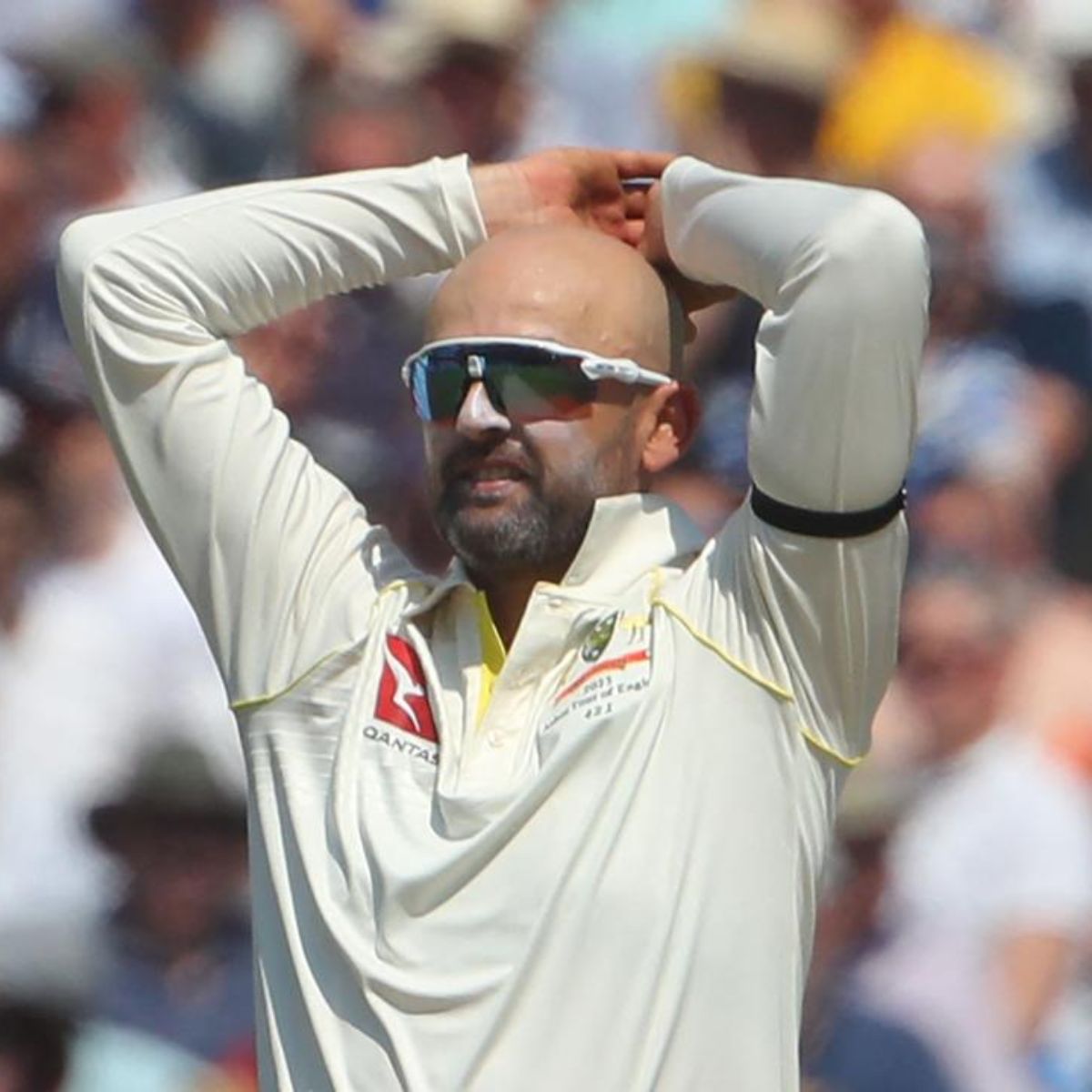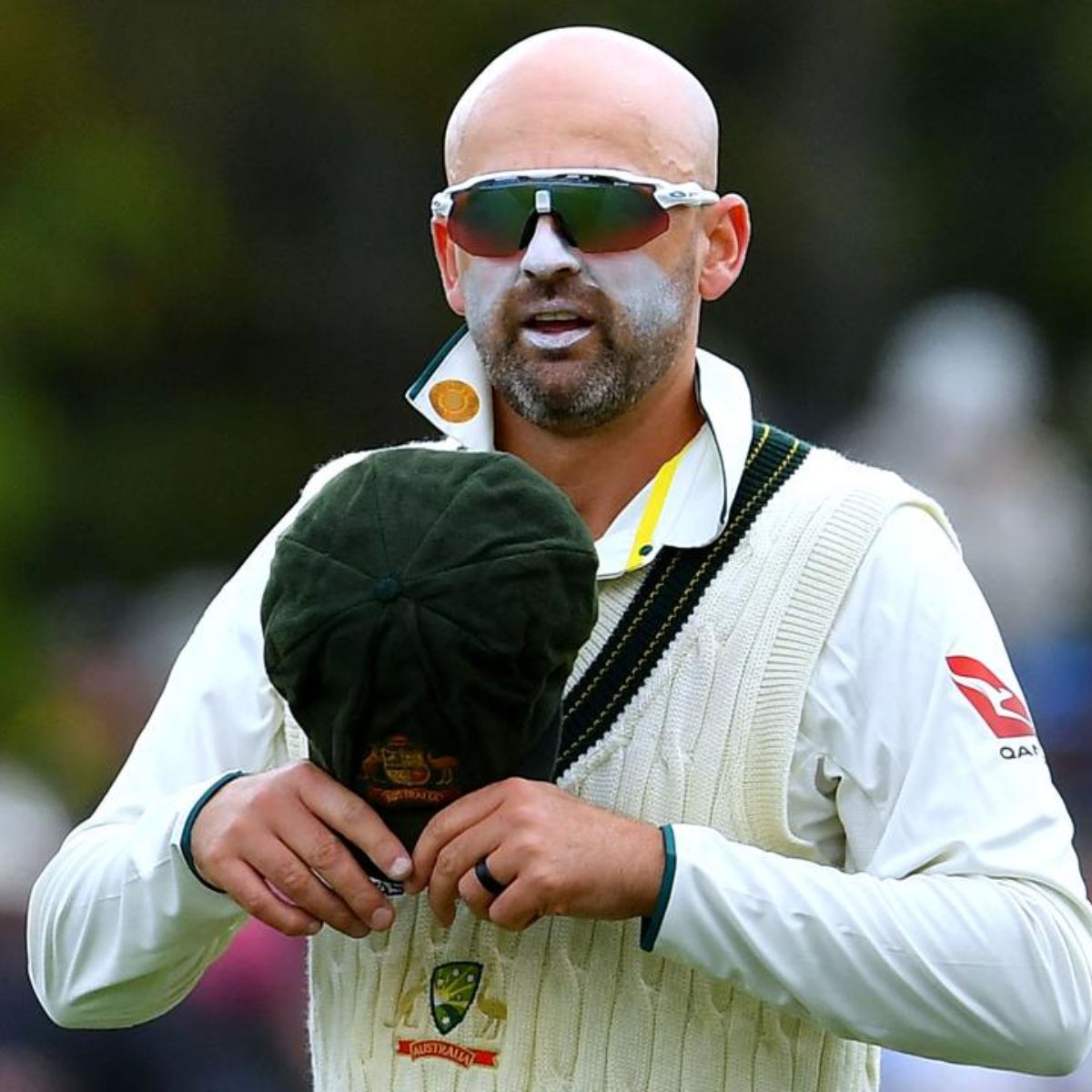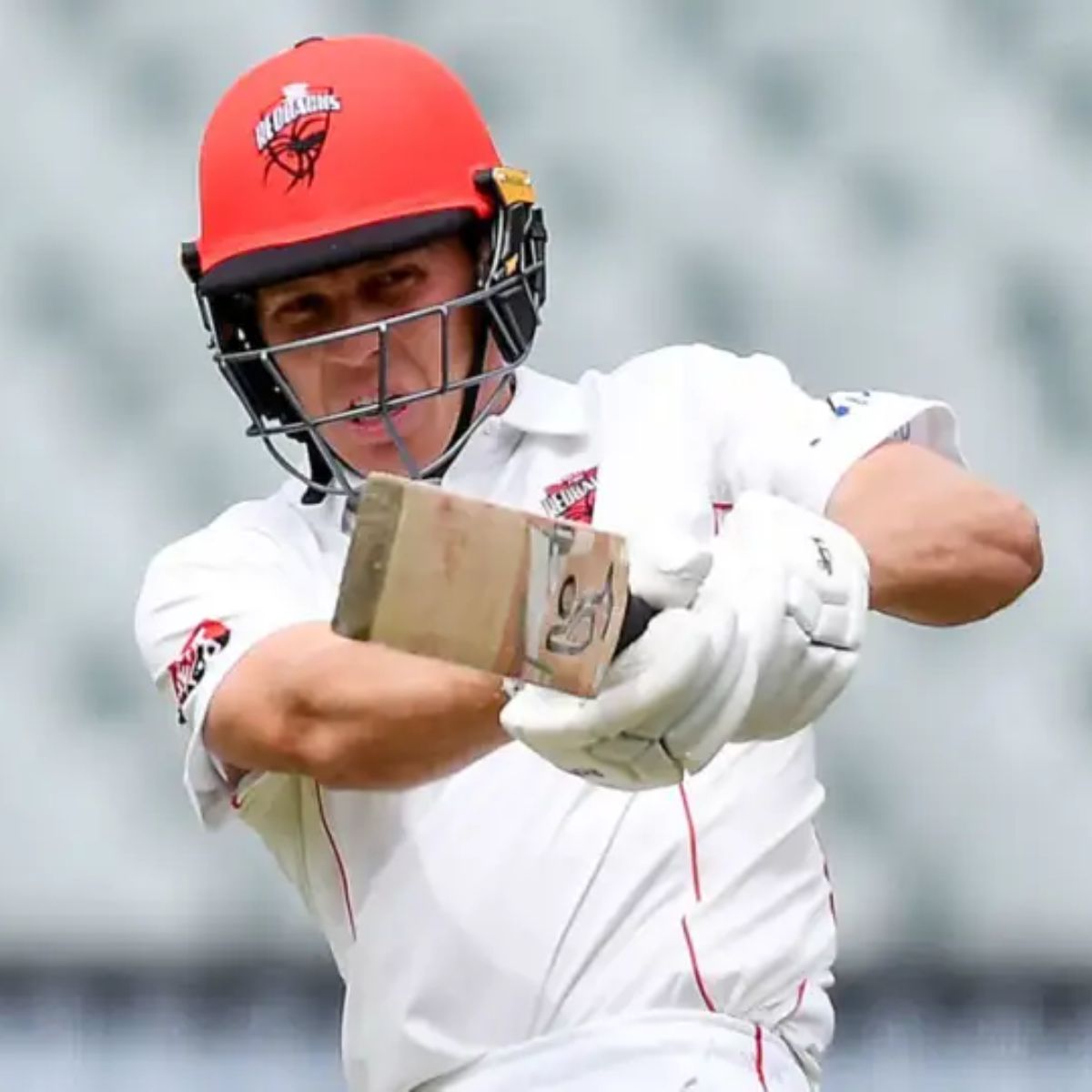Mears Auctions, which specializes in sports, pop culture and Americana memorabilia, has posted an auction titled: 1945 Chicago Cubs Wrigley Field 30” x 40” We Turn Night Into Day! Ladies Admitted Free Painted Wooden Stadium Sign
Here’s what the sign looks like:
:no_upscale()/cdn.vox-cdn.com/uploads/chorus_asset/file/25257534/173552a_med.jpeg) Mears Online Auctions
Mears Online AuctionsWell, this is very interesting. First, there’s no question the sign certainly looks like it’s nearly 80 years old. The auction description includes this:
Heavy wear to sign with numerous areas of wood loss and oxidation to the chain hanging apparatus affixed at the top of the sign.
Further, I have corresponded with Troy Kinunen, president and CEO of Mears Auctions, and he has no doubt this sign is as old as the date indicates. He says it came from a collector who specialized in collecting stadium artifacts, though there’s no provenance on it from more than about 10 years ago.
Second, we know this for a fact: The Cubs did not play any night games at Wrigley Field in 1945, and as we know, not until 1988 did lights “turn night into day” at Wrigley. Many of you know that the Cubs had ordered steel for light towers late in 1941, but when World War II began, team owner P.K. Wrigley donated the steel to the war effort. I wrote about that here back in 2013.
Nevertheless, the Cubs did make some attempts to play night games in 1942 and 1943, as detailed in this article I posted here in 2020. There’s further detail of these and other attempts in this article in Chicagology, which includes this from the Chicago Tribune of May 9, 1944:
The recreation section of the War Production Board today today turned down the Chicago Cubs’ application to install night baseball facilities in Wrigley Field this season, but invited the Cubs to resubmit their request with a view to construction for 1945.
George W. McMurphey, director of recreation for the War Production Board, said there was still a possibility for more night baseball in Chicago if the Cubs used the lighting facilities of the White Sox Park for several games.
The shortage of critical material and “other factors” prompted denial of the Cubs application by McMurphey. McMurphey said:
The release of materials alone was not the deciding factor. While materials may be available, this office also took into consideration that construction could not be completed before August, which would leave only 21 weekday dates available to the Cubs in their home park.
Under such circumstances, the expenditure of material and labor does not seem justified for so few night games.
James T. Gallagher, vice president and general manager of the Cubs, said:
The Cubs will confine their baseball to the daylight; in Chicago this season, at least. Government officials suggested we apply for permission to install lights at Wrigley Field and we did so with the idea that if we could help further the war any by permitting those engaged during the day in war work to see night baseball, we would cooperate.
Since we have been turned down on our application there is nothing left for us to do but continue our usual policy of day time baseball. If we see a need for night baseball next year we may file another application. However, this new application will not be necessary until some time in December. If this application us granted then we will have time to install lights before the opening of the 1945 season.
However, the Cubs have not been, and are not now, sold on night baseball, but this situation may change after the war. If there is a trend toward night baseball after the war, we may take some action then.
I have done an extensive search of newspaper archives from late 1944 through the spring of 1945. There is no evidence that the Cubs made another application to the War Production Board for night games in 1945. Further, the Chicagology article posted this excerpt from the Tribune of October 21, 1945, and it turned out to be prescient:
Wrigley Field probably will be the last outpost of 100 per cent day time baseball. This opinion was ventured yesterday by P. K. Wrigley, owner and president of the National League Champions, when he said there will be no lights in his ball park next season.</p>
The New York Yankees’ announcement yesterday that lights will be installed in their stadium left only Wrigley Field, Fenway Park in Boston, and Briggs Stadium in Detroit without electric lights.
”We believe that baseball is a day time sport,” said Wrigley, “and will continue to play it in the sunshine as long as we can.”
The Cubs last season reported a paid home attendance of 1,037,026.
Then he suggested that perhaps the Cubs would eventually wind up as the only club without a lighting plant. He has intimated on past occasions that lights would be installed only if the fans clamored for night time games.
Here’s the probable answer: There were games played with artificial light in Wrigley Field in 1943 and 1944, but these were not Cubs games — they were games played by players from the All-American Girls Professional Baseball League, one as an All-Star Game (1943), the other to raise money for the Red Cross (1944). Per this Baseball Hall of Fame article, the lighting was “barely adequate.” However, no such game was played at Wrigley in 1945.
For now, the conclusion I can draw about this sign is that it might have been made in anticipation of an All-American Girls Professional Baseball League night game at Wrigley Field in 1945, perhaps even placed on a wall somewhere (thus the rust and wear shown), but the game itself was never played. I have not, unfortunately, been able to locate definitive proof of that in newspaper archives. Newspapers back then gave very little coverage to the AAGPBL.
Also, remember that in 1945 World War II was still raging, at least until spring in Europe, and many travel restrictions were placed on US citizens in that time span. The MLB All-Star Game was cancelled in February, per the Chicago Tribune, and there was some talk about even cancelling the World Series that year if the travel restrictions were still in place in October — but they had been lifted by then, so the Cubs and Tigers did play that year’s WS, though with an unusual travel pattern: The first three games were played in Detroit, with the last four at Wrigley Field.
Thus, this sign was likely made in anticipation of a night game at Wrigley Field that was ultimately cancelled, but not a Cubs game. I’ll continue to look for further definitive evidence, and post an update if I find anything.
